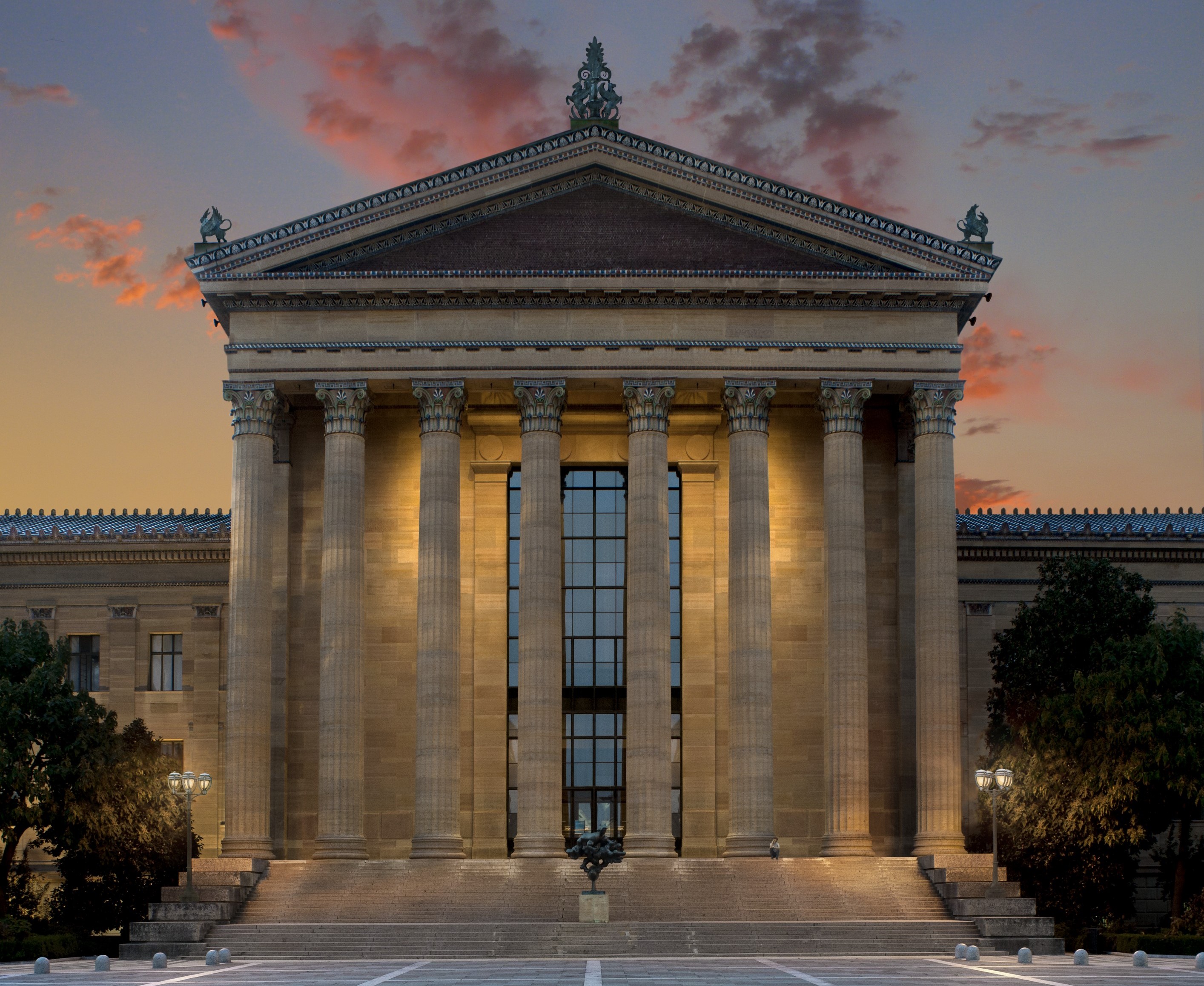Aug 18 2018 - Aug 2019
Philadelphia, PA
“The feeling for painting that existed in my family seemed perfectly natural to me.”—Jacques Villon
Marcel Duchamp was one of the most original figures of his era. He also belonged to a close-knit clan of artistic innovators, each of whom made distinctive contributions to modern art. This exhibition highlights the Duchamp siblings and the many connections linking their groundbreaking works.
Artists Featured in the Exhibition are Jacques Villon (born Gaston Duchamp), 1875–1963; Raymond Duchamp-Villon (born Raymond Duchamp), 1876–1918; Marcel Duchamp, 1887–1968; Suzanne Duchamp, 1889–1963; Jean Crotti (husband of Suzanne Duchamp), 1878–1958.
Marcel Duchamp was one of five artists in his family. His older brothers Gaston and Raymond were the first of the siblings to become artists, following the example of their grandfather Émile Frédéric Nicolle, a painter and printmaker. In the mid-1890s, they leave the family’s home in western France to start careers in Paris. Gaston soon rechristens himself Jacques Villon, after the medieval poet François Villon; Raymond adopts the hyphenated name Duchamp-Villon. They work in close dialogue with one another, Jacques as a printmaker and painter, and Raymond as a sculptor.
Marcel follows his brothers to Paris after graduating high school in 1904; younger sister Suzanne attends art school in Rouen. The two youngest daughters in the Duchamp family, Yvonne and Magdeleine, do not become artists but often model for their siblings.
Jacques, Raymond, and Marcel enter the public eye as members of the Cubist group in Paris. In 1912 Marcel leaves the group and begins experimenting with new ways of making art. With the outbreak of World War I, he moves to New York and becomes the only member of his family to establish a career outside France.
In 1916 Suzanne meets Swiss-born painter Jean Crotti, whom she would later marry. Together they lead an off-shoot of the avant-garde Dada movement. In 1918 Raymond dies at age 41 during military service in World War I.
Between the wars, Marcel travels frequently and contributes to the Dada and Surrealist movements on both sides of the Atlantic. In the 1950s and 1960s, his readymades and other inventions bring him widespread fame. During this time, he reunites with Jacques and Suzanne for a series of exhibitions.
Jacques and Suzanne die in 1963, followed by Marcel five years later. His last major work, Étant donnés, is permanently installed at the Philadelphia Museum of Art in 1969.
Credit: Exhibition overview from museum website
Exhibition Venues & Dates
Aug 18 2018 - Aug 2019
Philadelphia, PA
